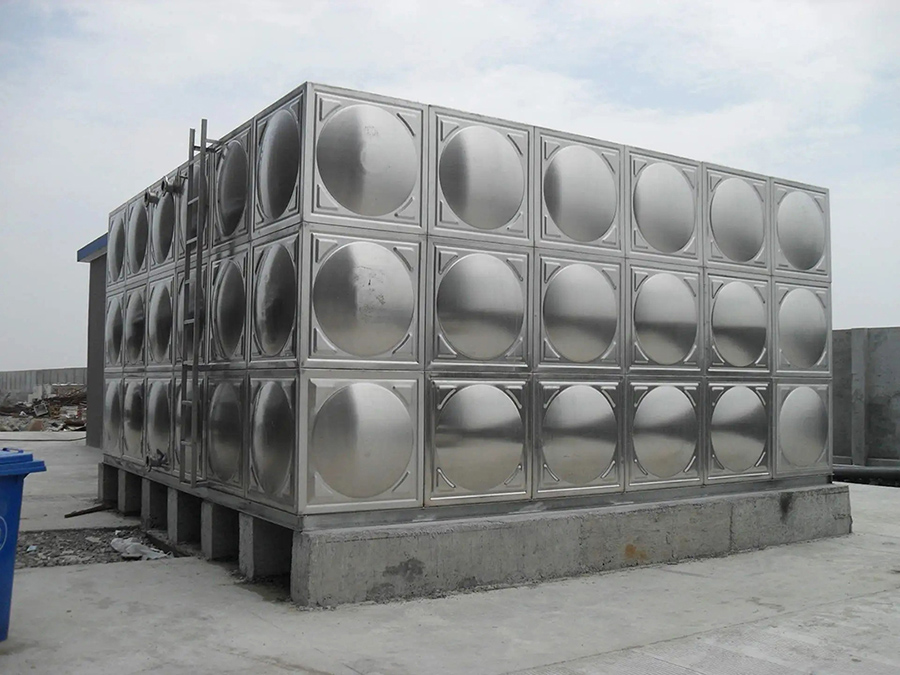
304 or 316 stainless steel materials are usually suitable for storing and processing cold or unheated drinking water.
Stainless steel water tanks designed and manufactured appropriately can safely handle clean drinking water.

Hot water tanks made of 304 or 316 stainless steel may pose a risk of stress corrosion cracking.
The risk factors affecting stress corrosion cracking (SCC) include temperature, chloride, tensile stress, and oxygen content.
For this type of application, chloride and oxygen levels are fixed by water chemicals, but chloride can be concentrated by evaporation in splash areas or water/air pipelines.
If the external insulation becomes wet, it is also highly likely to cause corrosion.
The temperature should be controlled and fixed by the stainless steel water tank system, but hotspots may be a problem, especially when chloride concentration occurs.
The design and manufacturing method of minimizing engineering gaps in stainless steel water tanks is effective, as it reduces the risk of stress concentration and also prevents crevice corrosion attacks.
The main controllable design and manufacturing factor in the production of stainless steel water tanks is pressure. Residual tensile stress may be the cause of SCC failure.
So a series of treatment methods can be considered for 304 and 316 stainless steel.
One is subcritical stress relief therapy, such as 450 ℃ and slow cooling; Next is complete annealing, such as 1050-1100 ° C and rapid cooling.
The confinement effect around austenitic stainless steel such as 304 or 316 type welds may also be a source of tensile stress.
If heat treatment is impractical, controlling welding parameters may be helpful. Mainly including careful pre welding;
By controlling the welding speed, the heat input during welding is minimized to the greatest extent possible; Replacing austenitic stainless steel to reduce the risk of SCC failure;
Among the alternatives to austenitic stainless steel, ferritic stainless steel and duplex stainless steel are easily affected by SCC.
Their nickel levels are lower, so they are more resistant to SCC due to the presence of ferrite phase.
Higher nickel alloys are also more resistant to SCC, but for these applications, these alloys are not economically reasonable.
When selecting steel, it is important to keep in mind the differences in the formation and connection of austenite phases.